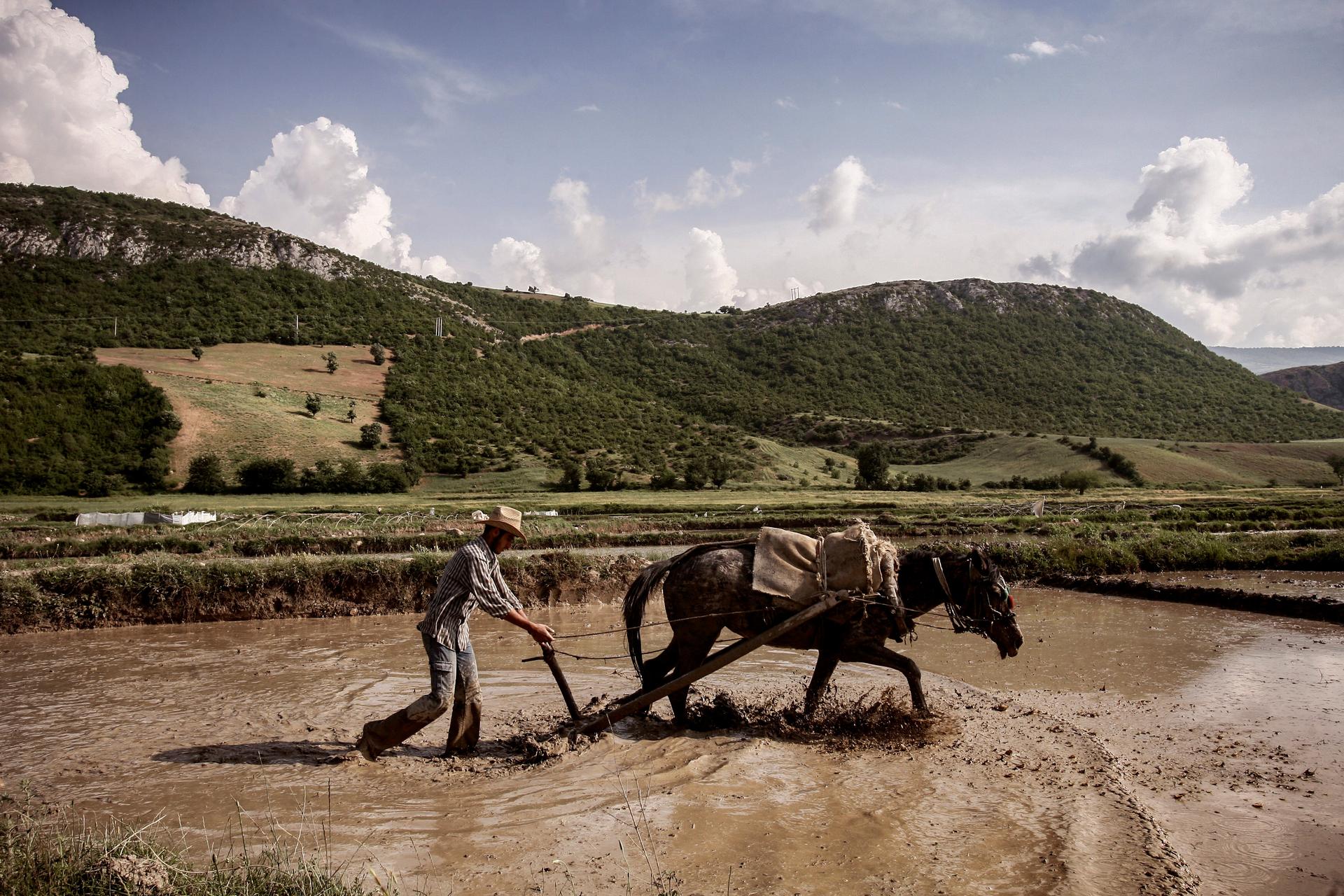by MARYAM ASLANY

Far from being a relic of the past, peasants are vital to feeding the world. They need to be supported, not marginalised
In 2007, the United Nations released a State of the World Population report noting that human life on Earth was quietly passing a tremendous benchmark. In 2008, the proportion of people residing in the countryside was falling – for the first time in history – below 50 per cent. Today, just 42 per cent of humanity lives in the countryside.
For many city dwellers, the urbanisation of our species is natural and inexorable. Extrapolating from past trends, they imagine a future in which the great majority has abandoned the land, leaving it bucolic, automated and empty. In the process, they predict – with some relief! – the imminent extinction of an ancient character: the peasant.
That word is avoided in polite conversation; in many languages, it is used as a term of abuse or contempt. Because peasants themselves are seen as an embarrassing vestige, the antithesis of ‘progress’. Whether Right or Left, Western thinkers have taught that, in order to become modern, societies have to get rid of their peasants. While Adam Smith looked forward to peasants giving way to landowners (for then ‘the land … would be much better improved’), Karl Marx foresaw their replacement by modern socialist management. It has been taken for granted that agriculture will eventually be monopolised by large capital and machinery, and cities will absorb the majority of the human population.

Even in industrialising Europe, the process was not exactly like that. Yes, the traditional countryside was largely destroyed between the 18th and 20th centuries – but the resulting exodus was far greater than could be absorbed by urban factories. Sixty million Europeans had to escape, instead, to the New World. But, in any case, Europe plays a unique role in capitalist history, and it is wrong to extrapolate from it. Other regions have followed other paths.
In large parts of Africa, Latin America and Asia, urbanisation is slowing. Most of those who will enter factories have already done so. Those who value the securities of village life, meanwhile, have little appetite for urban slums, isolation and hypercompetition. Therefore, while humanity was urbanising at a rate of 1.06 per cent per year between 1950 and 1970, that rate has now dropped to 0.74 per cent, and it will fall to just over 0.6 per cent by 2030. Since the world population has tripled since 1950, absolute rural numbers remain greater than ever before. By my calculations, as many as 2 billion people live in the countryside of Africa, Latin America and Asia, where small family farms dominate. After 300 years of ‘modernisation’, in short, peasants still constitute as much as one-quarter of our species, vastly outnumbering assembly-line workers, miners, office drones or taxi drivers.
Aeon for more
